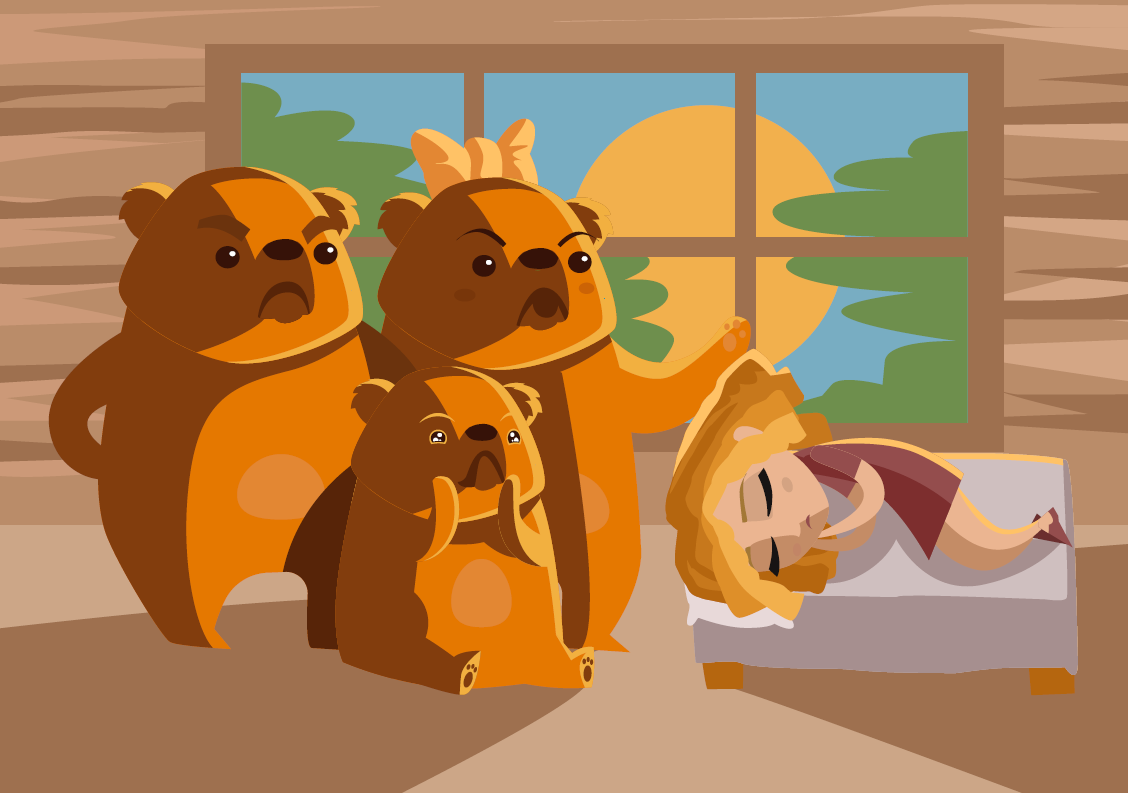Taming “Misbehaving” Irises
Too-small, too-large, floppy, and damaged irises must be addressed. Howard Larkin reports from the American Glaucoma Society 2022 annual meeting.

Howard Larkin
Published: Saturday, April 30, 2022

Too-small, too-large, floppy, and damaged irises must be addressed. Howard Larkin reports from the American Glaucoma Society 2022 annual meeting.

Published: Saturday, April 30, 2022
